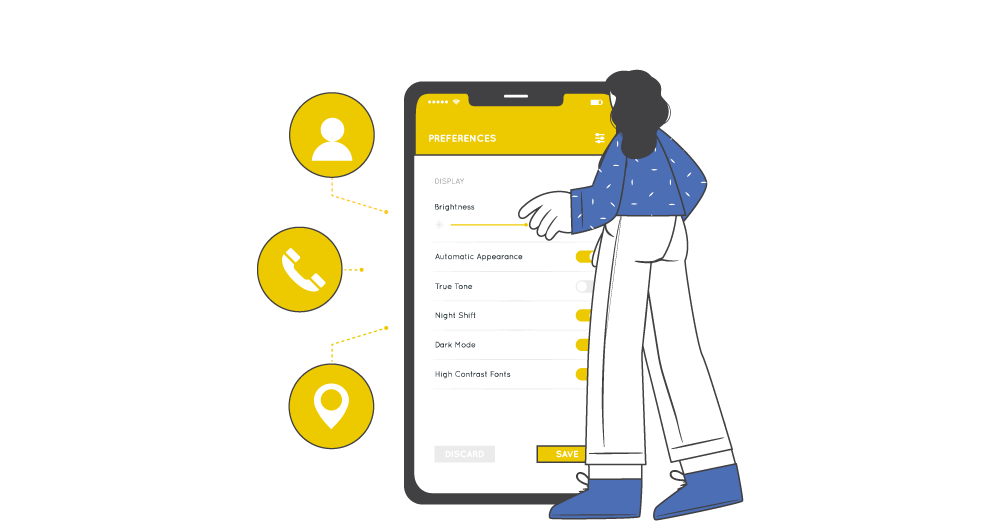Loading...

Power To The People: How To Utilize User-Generated Content
Ready to Take Your SEO to the Next Level?
Others
Single
Authority
VS
2×
Our Links
Double
Authority
Domain
Page
2×
ImpactGet started with quality backlinks and content marketing today
